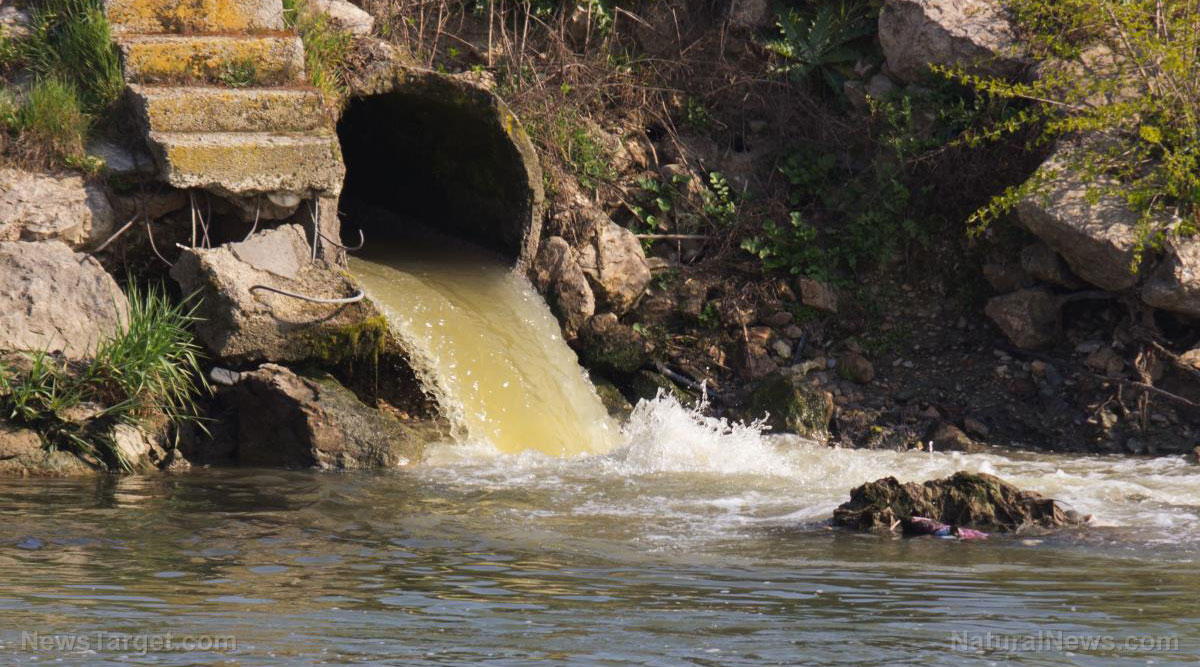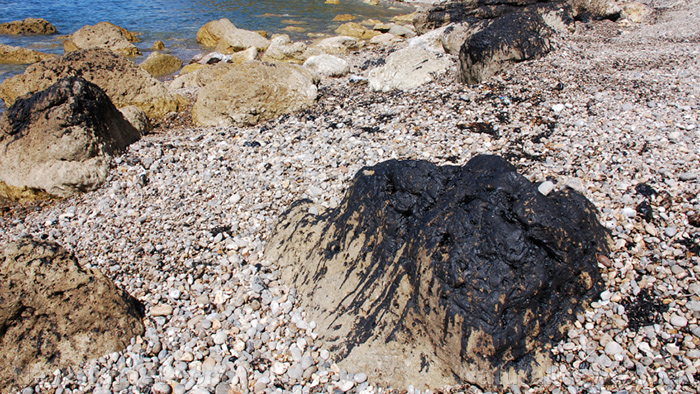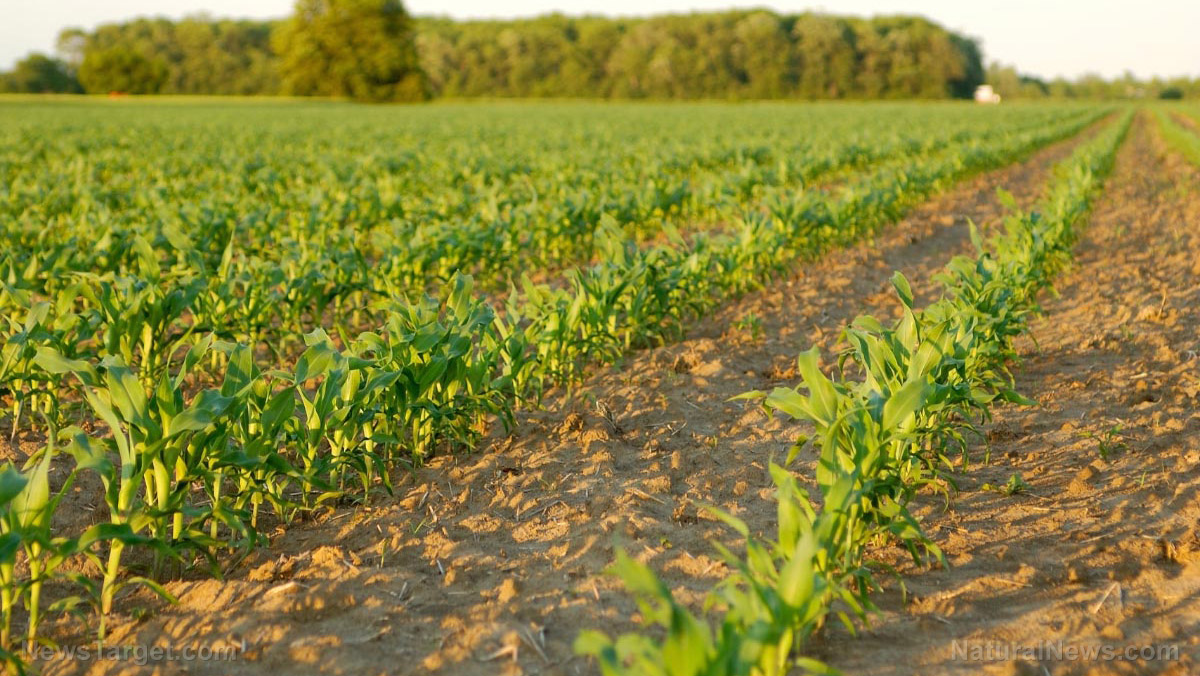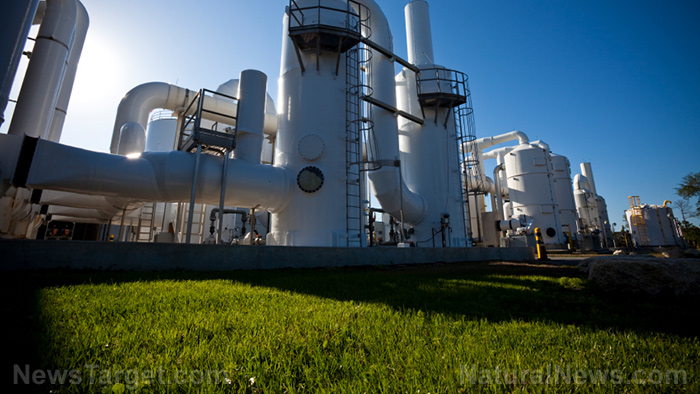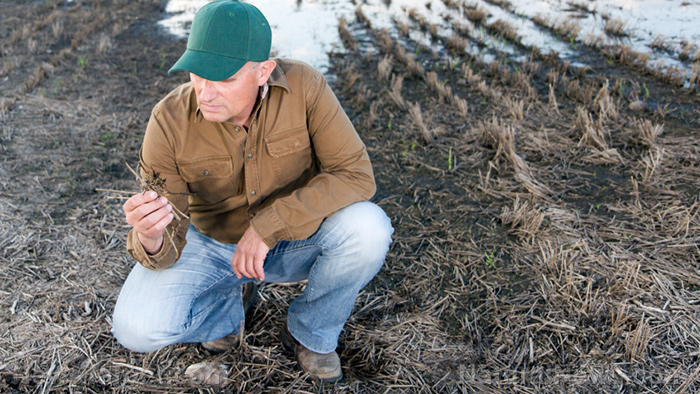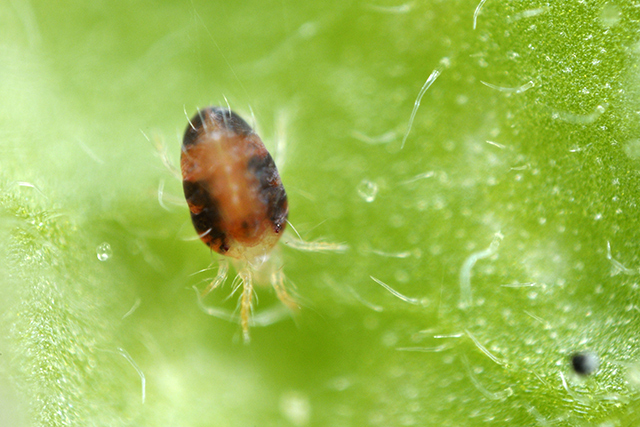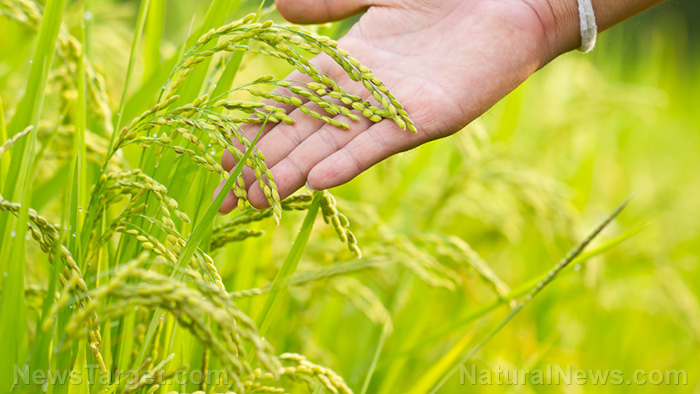One lava field eruption just emitted more climate change aerosols than all 28 European countries COMBINED
07/05/2017 / By Isabelle Z.
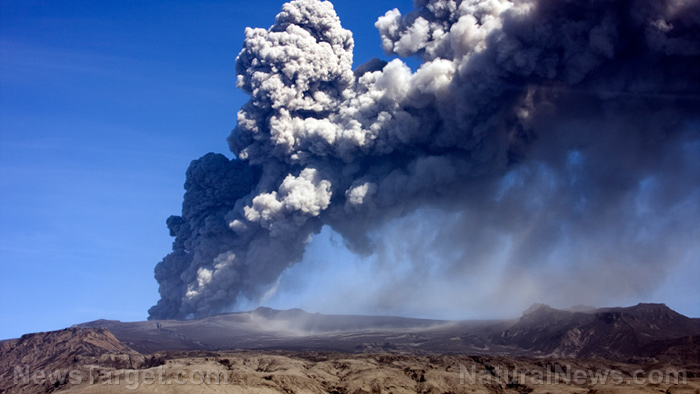
There is no doubt that human activity is hurting our planet, whether it’s all the plastic winding up in our oceans or widespread deforestation. However, it’s a bit inaccurate to pin all the blame on people, particularly when it comes to issues like climate change and carbon dioxide emissions. Besides the fact that the threat is sometimes overblown, it’s important to keep in mind that the contribution of human activity to these problems is actually quite small when compared to natural phenomena like volcanoes and ocean life.
This is perfectly illustrated by a recent study that was carried out by a team of climate scientists from all over the world led by the University of Exeter. After an in-depth examination of the environmental effects caused by the Holuhraun eruption in Iceland in 2014-2015, they discovered that it emitted sulfur dioxide at a far higher rate than each of the 28 countries in Europe combined, creating a gigantic plume of sulfate aerosol particles above the North Atlantic Ocean.
This eruption gave scientists the perfect opportunity to study the interaction between clouds and aerosols, and their findings challenged several existing climate models. Their results could help improve the accuracy of future climate change predictions. While sulfate aerosol has been considered the most significant atmospheric aerosol coming from industrial sources, this serves as a reminder of the impact of sulfate aerosol from natural sources, such as this volcanic eruption.
The Holuhraun eruption emitted as many as 100,000 tons of the chemical each day while it was erupting. After studying the complex cloud cover that was formed as a result, the scientists discovered that the water droplets produced were smaller. This caused cloud brightening, which reflects a higher fraction of incoming sunlight back into space and has the effect of cooling the climate.
However, the most interesting part was the fact that the aerosols did not seem to affect other cloud properties, like the amount of liquid water the clouds were able to hold. This indicates that clouds have something akin to a buffer protecting them from aerosol changes in the environment.
Ocean life creating carbon dioxide
When it comes to carbon dioxide, the human contribution pales in comparison to that of natural phenomena. Biological activity in the ocean is responsible for creating around 90 billion tons of carbon dioxide annually, which is far more than the six billion tons produced by humans. The oil and coal industries might be deplorable for other reasons, but their carbon dioxide output is just a drop in the bucket. Moreover, studies show that the slight rise in carbon dioxide levels has set off a sort of “global greening” that sees new forest growth, higher food production, and better plant cover. It should go without saying that these effects are actually quite positive.
Solar activity is another factor that can play a big role in short-term and long-term climate change, with variations in the energy output of the sun, geomagnetic activity and sunspots contributing to the sun’s influence on the Earth’s climate.
Of course, we can and should do everything that we can to minimize the impact that human activity has on the environment. Studies show that while the impact humans have on the natural environment continues to grow, it is now doing so at a slower rate than the current population and economic growth, which indicates that humans are actually getting better when it comes to managing what they take from the environment. The researchers believe this could be because environmental pressures reach their highest point when industrial societies enter the early stages of their development and then slow down as markets modernize. However, there is no doubt that there is plenty more that can be done, particularly when it comes to issues like pollution and the use of toxic chemicals like glyphosate.
Sources include:
Tagged Under: aerosols, carbon dioxide, climate change, environment, eruption, human activity, lava field, volcanoes

